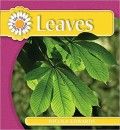
Leaves
An introduction to the world of leaves, this text shows how leaves make food for the plant, how they can protect plants from being eaten by animals, and what we use leaves for.
- Edition
- -
- ISBN/ISSN
- 9781404237032
- Collation
- 24 pages : illustration ; 23 cm
- Series Title
- See How Plants Grow
- Call Number
- 581.4 EDW
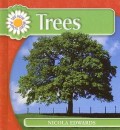
Trees
Trees are described and defined, their growth is explored, and their special features and uses are presented in an engaging and accessible way. Science curricula calling for the understanding of pl…
- Edition
- -
- ISBN/ISSN
- 9781404235717
- Collation
- 24 pages : illustration ; 23 cm
- Series Title
- See How Plants Grow
- Call Number
- 582 EDW
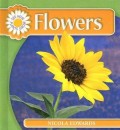
Flowers
Flowers are described and defined, their growth is explored, and their special features and uses are presented in an engaging and accessible way. Science curricula calling for the understanding of …
- Edition
- -
- ISBN/ISSN
- 9781404236998
- Collation
- 24 pages : illustration ; 23 cm
- Series Title
- See How Plants Grow
- Call Number
- 582 EDW
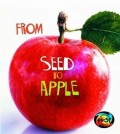
From seed to apple
This series of books looks at the life cycles of familiar animals and plants. Question boxes throughout the text encourage children to make predictions about what is coming up in the text.
- Edition
- -
- ISBN/ISSN
- 9781403478627
- Collation
- 32 pages : illustration ; 22 cm
- Series Title
- How living things grow
- Call Number
- 583 GAN
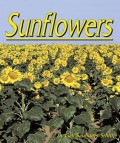
Sunflowers
Text and photographs depict the life cycle of the sunflower, from seeds to sprouts to flowers that finally turn again to seeds.
- Edition
- -
- ISBN/ISSN
- 9781560654896
- Collation
- 24 pages : illustration ; 17 cm
- Series Title
- -
- Call Number
- 583 SAU
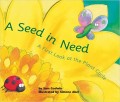
A seed in need : a first look at the plant cycle
Aimed at young children, this work presents the story about the growth of a plant from seed to full flowering through the characters of an inquisitive ladybird and snail. A colorful parade of inse…
- Edition
- -
- ISBN/ISSN
- 9780750024976
- Collation
- 31 pages : illustration ; 20 cm
- Series Title
- Little Bees
- Call Number
- 580 GOD
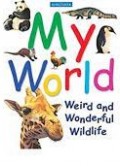
My world : Weird and wonderful wildlife
Designed to help today's youngsters find the answers to many of their questions about animals, this book has many fun and intuitive join-in activities and simple experiments that encourage particip…
- Edition
- -
- ISBN/ISSN
- 0753454246
- Collation
- 95 pages : illustration ; 27 cm
- Series Title
- -
- Call Number
- 590 MY
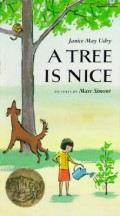
A tree is nice
"Trees are very nice," says Janice May Udry in her first book for children. She goes on to explain that even one tree is nice, if it is the only one you happen to have. Some of the reasons why t…
- Edition
- -
- ISBN/ISSN
- 9780064431477
- Collation
- 32 pages : illustration ; 27 cm
- Series Title
- -
- Call Number
- 582 UDR
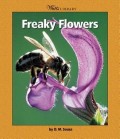
Freaky flowers
This series is the definitive collection of informational books for intermediate -- middle grade readers. Watts Library TM spans all subjects, including animals, space, American Indians, U.S. histo…
- Edition
- -
- ISBN/ISSN
- 9780531162217
- Collation
- 63 pages : illustration ; 23 cm
- Series Title
- Watts Library
- Call Number
- 582.1 SOU

How do plants grow?
One of a series of titles covering the Key Stage 1 curriculum on plants. Topics covered include habitats, classification, growth and reproduction.
- Edition
- -
- ISBN/ISSN
- 9780431018096
- Collation
- 32 pages : illustration ; 21 cm
- Series Title
- World of plants
- Call Number
- 580 SPI
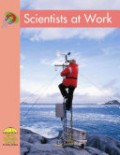
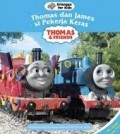
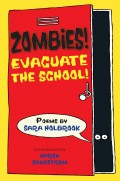


 Computer science, information & general works
Computer science, information & general works
 Philosophy & psychology
Philosophy & psychology
 Religion
Religion
 Social sciences
Social sciences
 Language
Language
 Pure Science
Pure Science
 Applied sciences
Applied sciences
 Arts & recreation
Arts & recreation
 Literature
Literature
 History & geography
History & geography